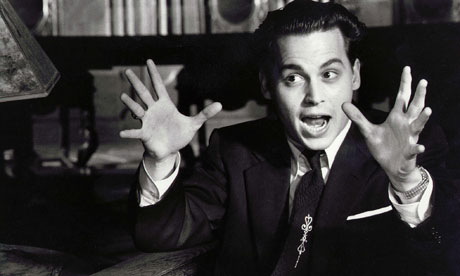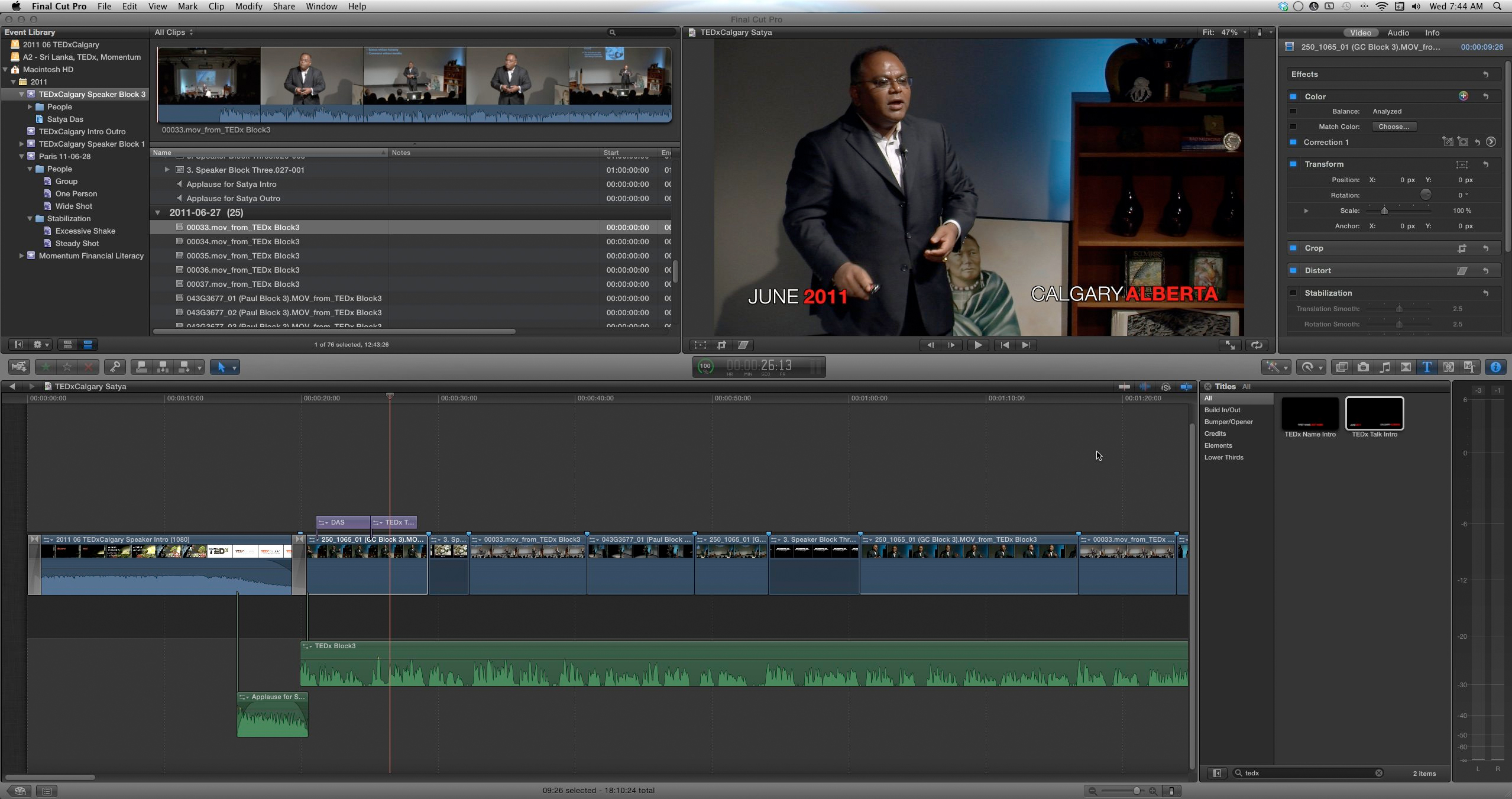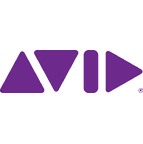Johnny Depp, playing the part of producer-writer-director Ed Wood in Tim Burton’s movie Ed Wood, states at one point in the film that “Filmmaking is not about the tiny details. It’s about the big picture.” Unfortunately, Ed Wood, while a very upbeat and positive person, was never considered a serious filmmaker. One reason why he wasn’t taken seriously might be because he really believed that filmmaking was just about the big picture. Of course, serious filmmakers know that filmmaking is all about the tiny details. Thousands and thousands of tiny details. Especially when it comes to editing.

As an editor, it’s important to keep track of every detail of the footage you’re editing; from initially copying and organizing the video and audio clips into properly named folders on your hard drive, to renaming the video and audio clips correctly (by Scene and Take if it’s a scripted program to keeping detailed notes if it’s a reality / non-scripted show). As an example, if you name a video clip Sc_A_Tk_03 and you name your audio clip ScATk03, it’s going to make finding either of those clips (in order to sync them) much more difficult than if you named them exactly the same.
Further, when it comes to syncing your video to your audio clips, you must be very detail-oriented and make sure that you’re syncing them perfectly; you need to make sure that you’re marking your video clips exactly on the slate’s ‘clap’ and that you are marking your audio on that same ‘clap’. Even if one of those marks is ‘off’ by a frame or two, your audio and video will ‘look’ funny – in other words, it will look like the actor is either talking early or late. Again, it’s all in the details, details, details.

And these are just a few of the basic details of editing; of course, once you start to edit your program, music video, or short film, you need to keep very detailed notes about your footage (whether or not certain takes are usable, or if any footage is usable or unusable) along with making sure that the footage is well organized within your NLE (non linear editor). Remember, for an hour-long reality show, about 40-50 hours worth of footage is shot – even more footage is shot for a feature length film. So, if you correctly and properly organize and name all of that footage from the start, it makes editing all of that footage much easier – and much faster – because you’ll be spending less time searching for clips and spending more time assembling your edit.

Even if Ed Wood took detailed notes about his footage and sync’d them properly, it wouldn’t have made him a great filmmaker – an editor can’t turn bad footage into great footage. But, great footage that’s been sync’d improperly or can’t be ‘found’ quickly during the editing process, or has been edited without paying attention to all of the story’s details, might turn a great film into a bad one.
By Digital Film Academy FCP X instructor Blake Taylor






